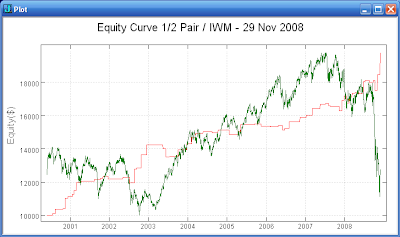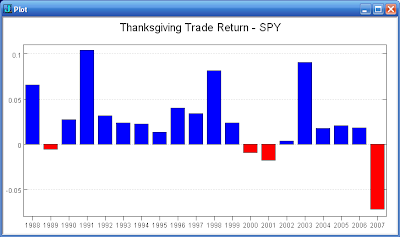
Time grows short...
Like many people (unless you are very young), I have lost too much in my long term accounts during the market crash. Asset allocation works very well under more usual circumstances, but does not help during a crash. Action must be taken at some predetermined trigger point. The action may be establishing a hedge or just reducing exposure by selling positions. Consolidating assets into fewer accounts should help make the need for action even more obvious.
The current Scientific American Mind contains an interesting article on procrastination and how to avoid making it a habit.
Is resveratrol the key to aging? Is it a part of 'The Horizon'? (ref. Rambaldi) <o>


















